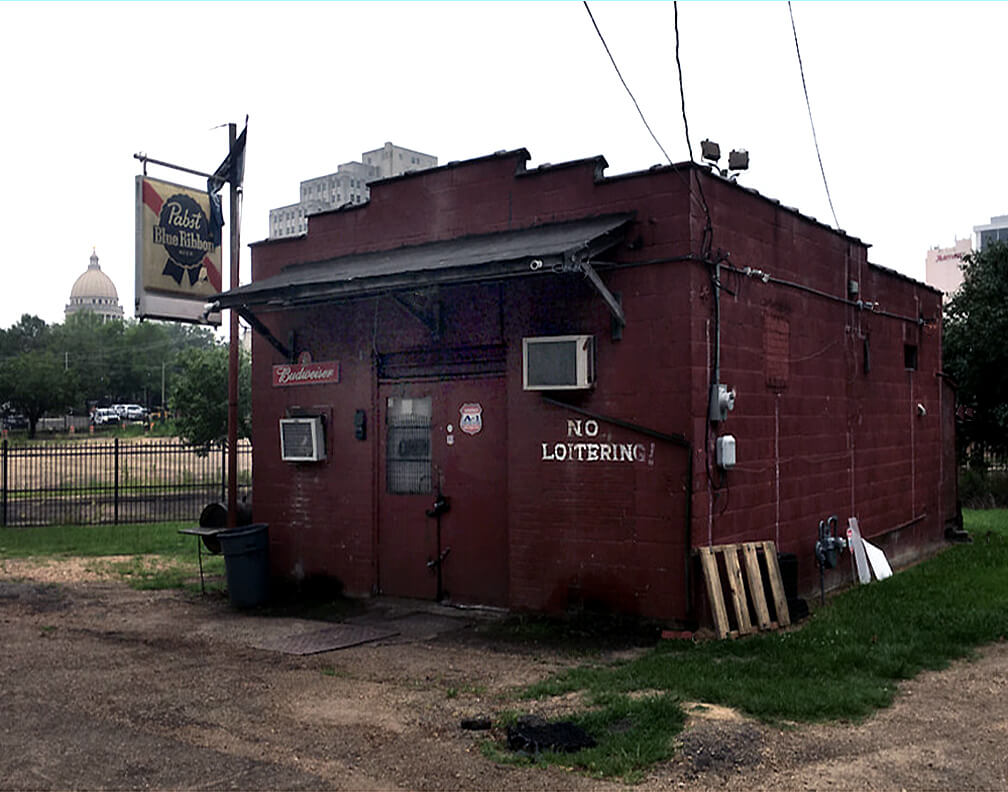To one pound lean ground pork, work in a tablespoon cinnamon, a teaspoon of cayenne, and a teaspoon each of salt and black pepper. Beat an egg with a heaping tablespoon of tomato paste, mix in a half cup of bread crumbs and a half cup of very finely chopped white onion. Mix eggs with meat, and refrigerate for an hour. Grease your hands, form mix into balls, and cook in a light oil (you can use olive oil, but it’s not necessary) until browned and firm. Serve over rice or couscous sprinkled with chopped parsley and sesame seeds. These are great with Jezebel sauce.
Smoked Oyster Spread
Soften cream cheese, season with black pepper, and blend with an equal amount of drained, mashed smoked oysters. Add about a tablespoon of oil from the can to kick up the smokiness. Diced green onions and/or mild chilies and black olives are a nice touch. Flavor with a smidgen of horseradish, lemon juice, and cayenne; no salt! Blend until smooth and refrigerate. Bring to room temperature before serving. For a dip, thin with mayo.


